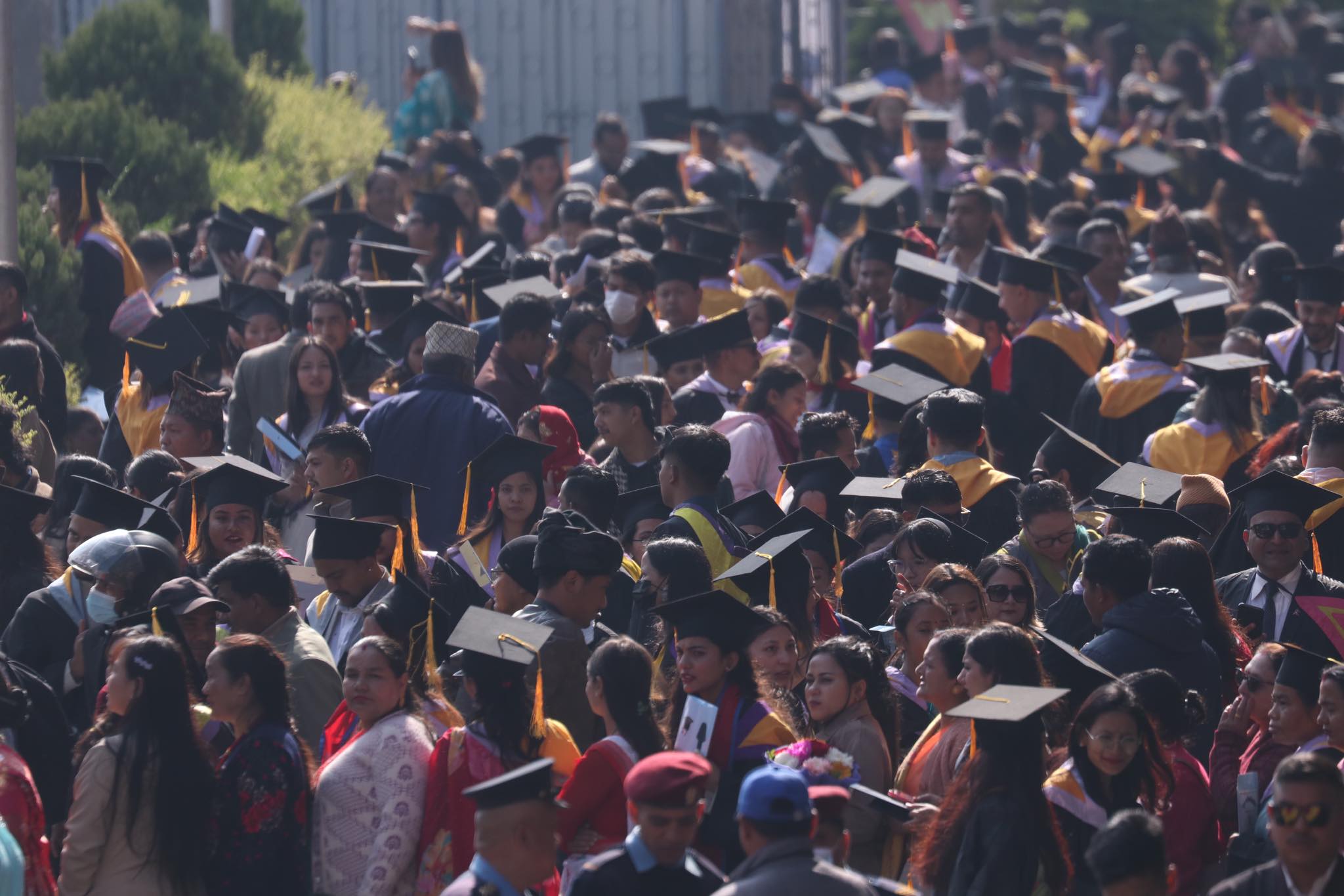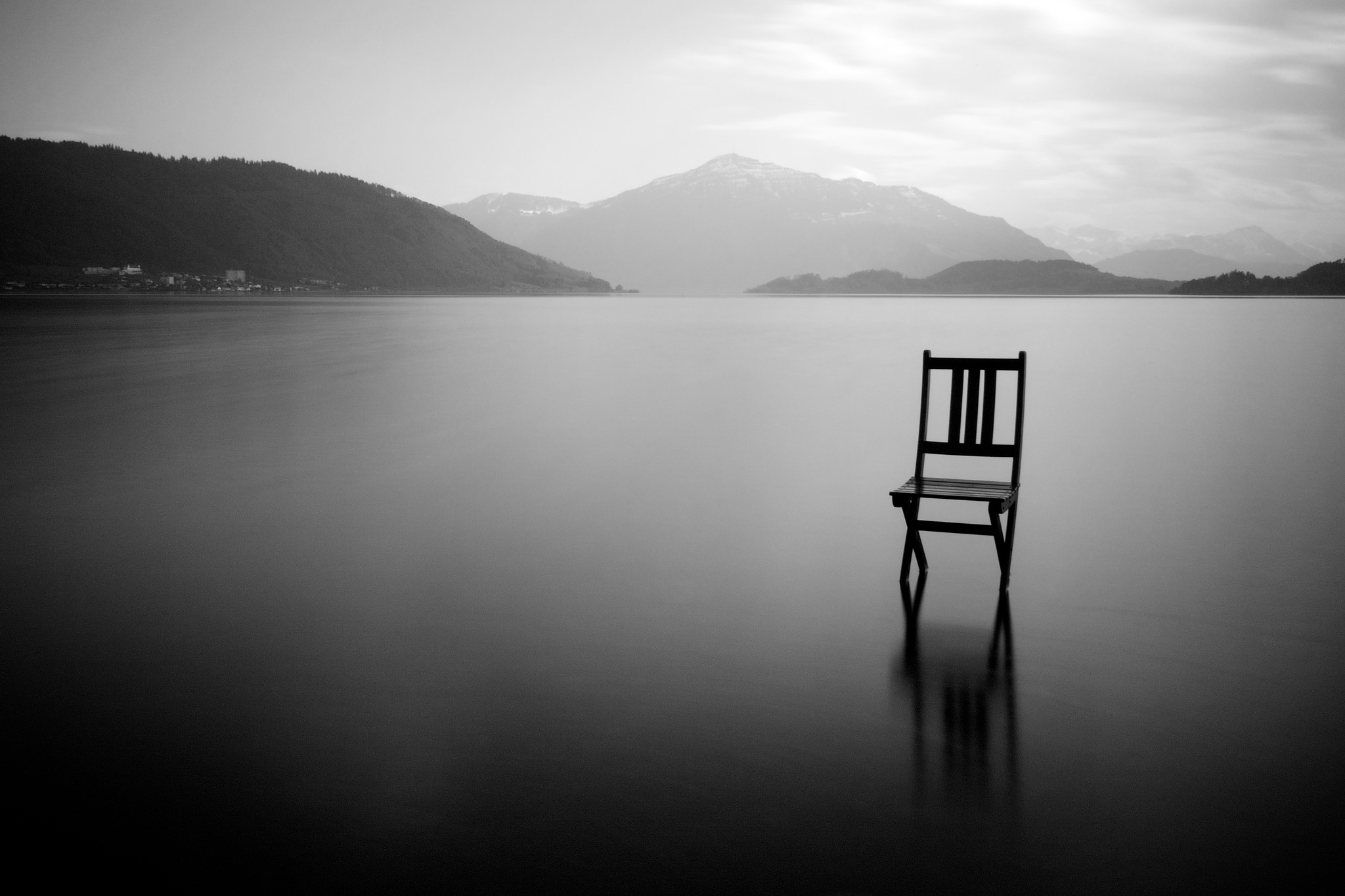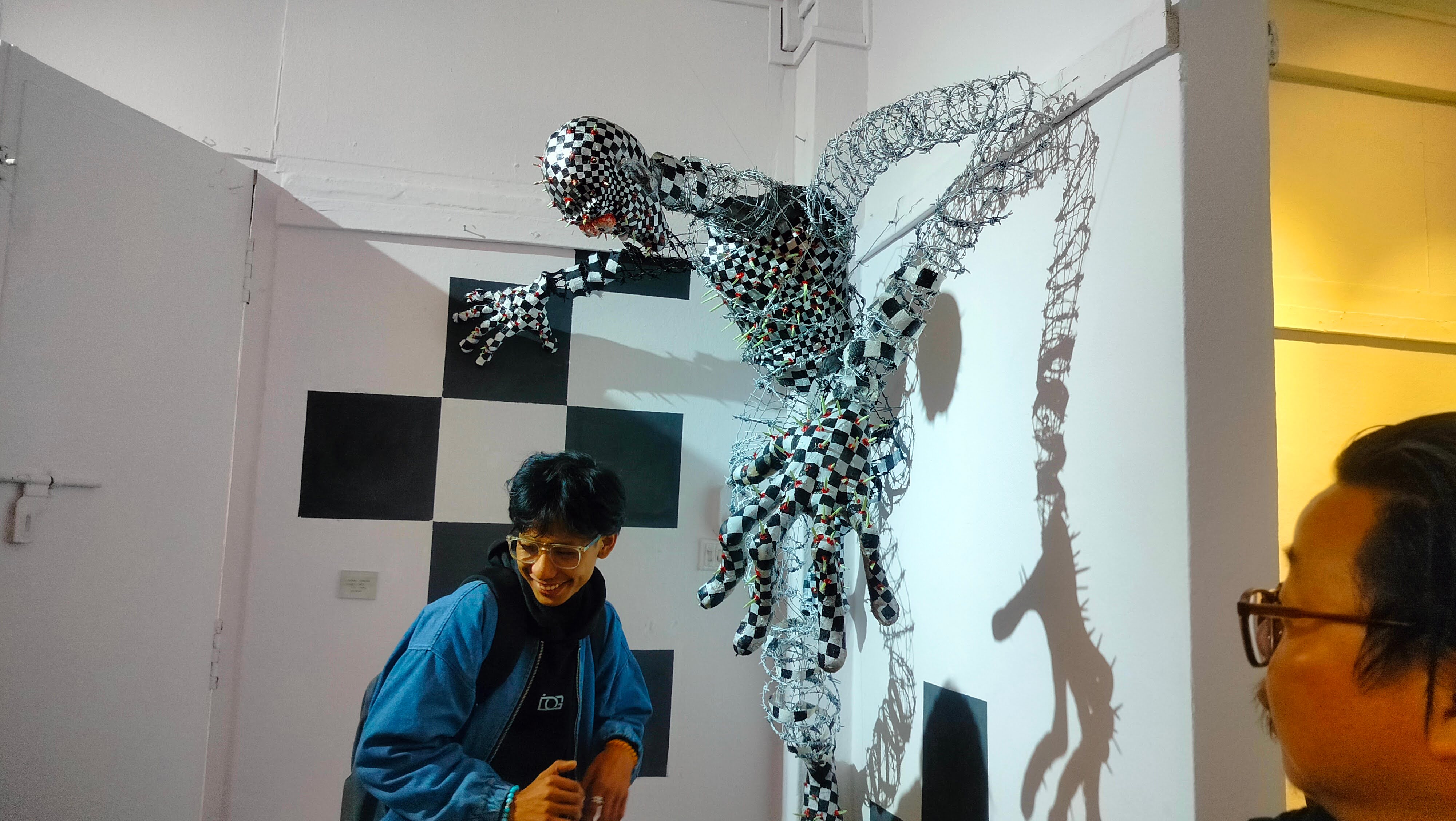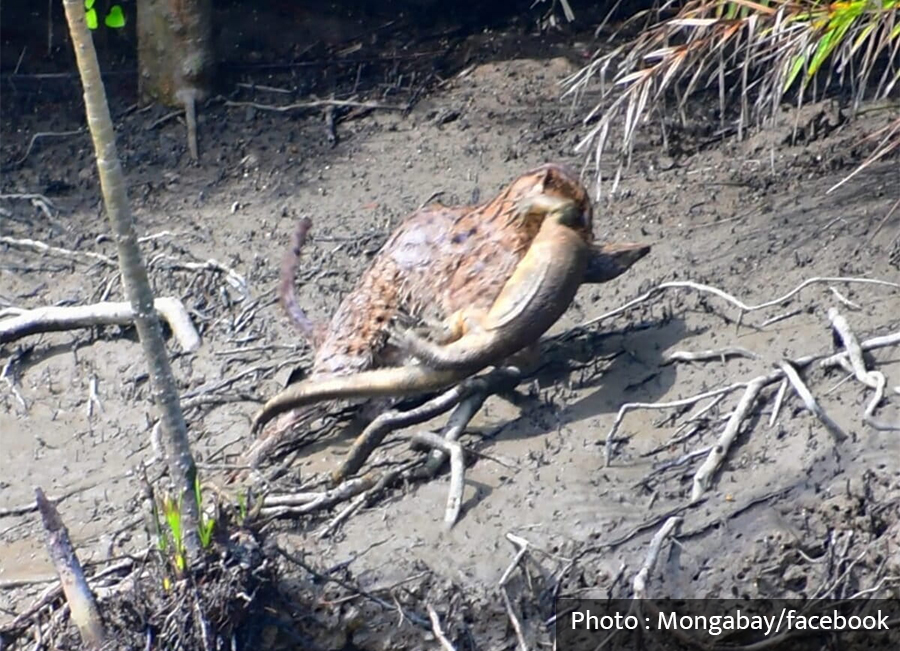When it comes to Dashain, Malashree or Mangal dhun (tune) is as synonymously used as the tika and jamara, the kites and the feasts to define Dashain, the biggest festival of Nepal.
Many people get nostalgic when the tune is played. But, many do not know what the tune is about, when it started and why it is played during Dashain.
As you are taking out your phone to play Mangal dhun while your elders put tika on your forehead this year, remember these points about the tune that has been a part of Dashain and your memories.
1. First known as Malashree dhun
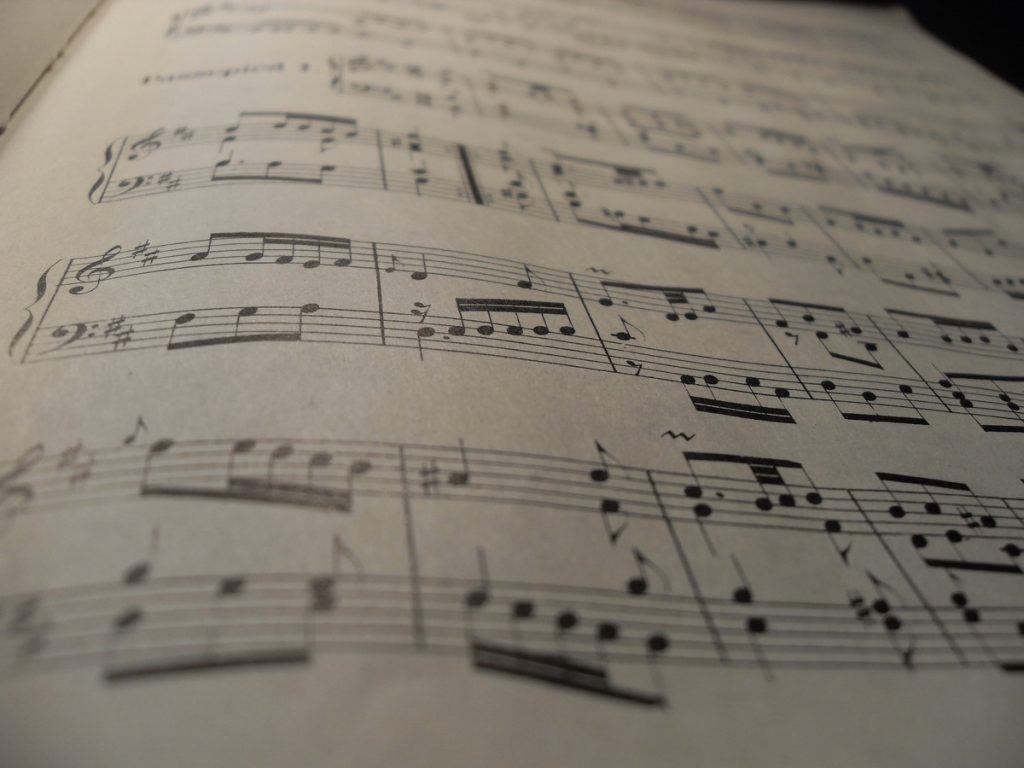
Many refer to the tune played during Dashain as Mangal dhun. It is not wrong, but the tune was previously called the Malashree dhun. Here, ‘Mal’ means goods and ‘Shree’ refers to the blessings of Lakshmi, the goddess of wealth and prosperity.
The dhun or tune was first created by the Newa community of the Kathmandu valley some 450 years ago. The community has a custom of singing a special kind of collective bhajan, which is also locally known as Dapha or Dapa bhajan. According to this tradition, Malashree is a raga played by musicians or khala members.
According to some researchers, it has been revealed that the song was written about a fort built during the battle of Kangara. The lyrics and the tune have changed with time, they argue.
2. A musical representation of the season

In Dapha bhajan, the ragas are sung according to the seasons. In sharad or autumn season, the bhajan khala, a group of local musicians, play the Malashree tune. With the season changing, people also observe Dashain, which is why it is also said that Malashree dhun signifies the arrival of autumn and the start of the Mohni/Dashain festival in Nepal.
As a season-based raga, Mangal dhun is sung and played from Kaya Ashtami (Bhadra Shukla Ashtami) to Ashwin Shukla Chaturdashi, the second last day of Dashain (one day before Kojagrat Purnima).
It also signifies the ready-to-bloom rice grains, flowers, and harvest season.
3. Not just played during Dashain
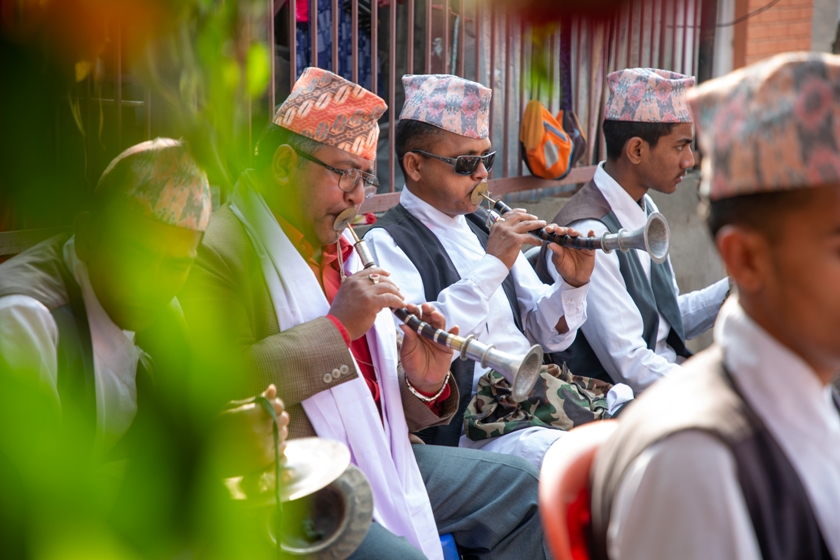
Many assume that Malashree or Mangal dhun is played during Dashain only. But, it is common to hear the tune at the beginning of many rituals, including weddings. It is played when a janti (or wedding procession) begins or when swayambar (exchange of garlands) or ring ceremony is performed and even when the bride bids her farewell to the family.
If there are any auspicious occasions, it is also customary that the Mangal dhun is played during such events. As Nepali society heavily believes in saits or auspicious occasions, the tune is more commonly played during these events to make them fruitful.
Some of the old bhajans composed to the tune of Malashree dhun also worship Kalika, Jagadishwari and other goddesses. Dashain is also called Navaratri when people worship nine goddesses, and Malashree dhun can be heard playing. It is assumed because of these associations with goddesses, it got actively associated with Dashain.
4. Popularised during the Malla reign
According to historical records, this tune has been played in the praise of the goddesses in the house or the temple in the puja performed there.
After it was created by the Newa community, it is said that the tune started being propagated by the then King Siddhi Narsingh Malla.
It is also said that Malashree dhun was played throughout the Dashain festival in the temple of Nritya Nath located at Hanumandhoka. After Prithvi Narayan Shah conquered the valley, the kings of the Shah dynasty also continued with the practice here.
The piece we know today was composed by Sur Sudha, an instrumental band, with instruments like the tungana and flute taking the centre stage.
5. Mangal dhun migrated with Newa community

During the time of Ram Shah, it is said that 24 Newa families had migrated to Gorkha from the valley and with that, the families started playing Malashree dhun there. The local panchebaja players got the job of playing the tune in various Newa feasts and festivals as well.
The research of a German-born British musicologist named Carol Tingey found that the panchebaja group active in the Gorkha palace also had a custom of playing the Malashree dhun.
6. Played by the Damai community
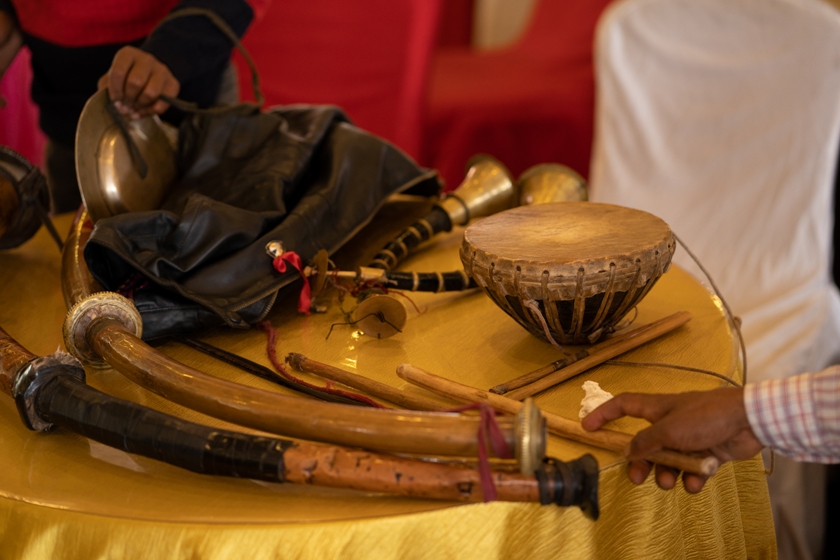
Panchebaja–a five-piece musical instrument including damaha, jhyali, tamko, dholki and sahanai–is the most popular instrument for playing Mangal dhun. But, traditionally, only the Damai community in Nepal played panchebaja. Hence, it was the Damai community that played Mangal dhun at traditional events and wedding ceremonies.
Panachebaja is played in the mountainous areas of Nepal and Sikkim and Darjeeling in India too.








